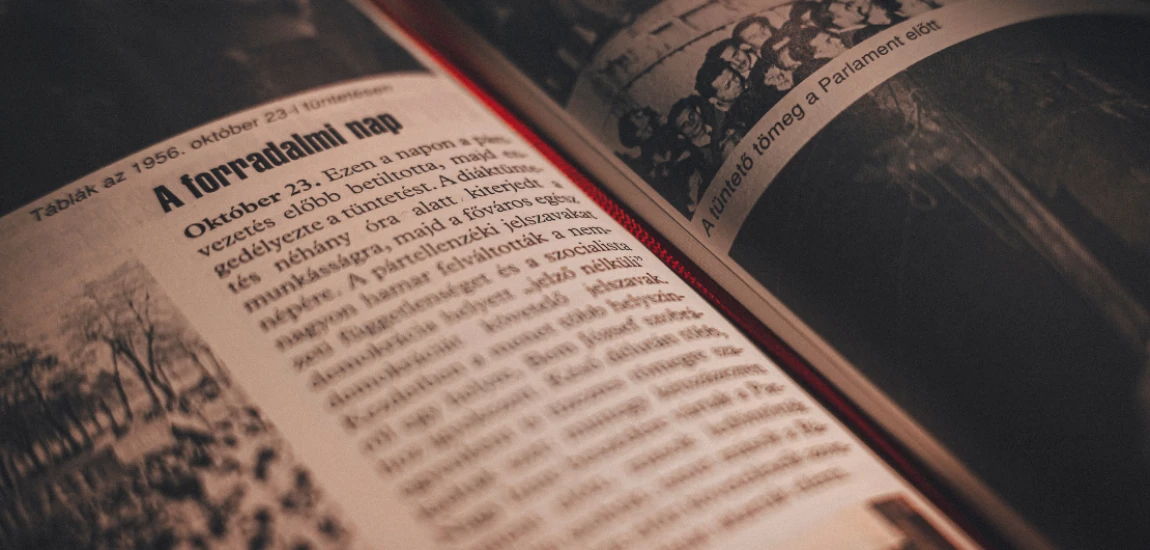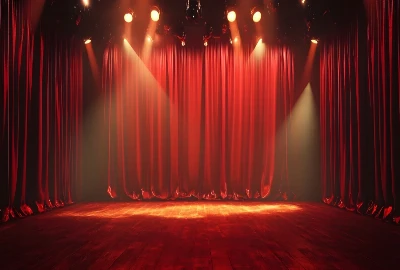The Nostalgia Loop: Why We Keep Rebooting the Past

Everywhere you look, the past is making a comeback. Hollywood churns out sequels and remakes, fashion cycles through retro trends, and even social media leans on “throwback” filters. This phenomenon, often referred to as the nostalgia loop, reflects our culture’s deep desire to revisit, repackage, and relive the past.
But why do we keep rebooting stories, styles, and sounds instead of moving forward? Part of the answer lies in the psychology of memory, the economics of entertainment, and the comfort of familiarity. While nostalgia gives audiences something warm and recognizable, it also raises concerns: Are we stuck recycling old ideas instead of creating new ones?
This blog unpacks the nostalgia loop—its origins, impact on storytelling, business motivations, and future implications for creativity and culture.
The Psychology Behind the Nostalgia Loop

Comfort in Uncertain Times
Nostalgia thrives during periods of uncertainty. Economic downturns, social unrest, or global crises often trigger a collective yearning for “simpler times.” When the world feels chaotic, familiar stories and trends offer emotional stability.
The Brain’s Positive Filter
Neurological studies show nostalgia activates the brain’s reward systems, filtering out negative aspects of the past. This “rose-colored glasses” effect makes us long for an idealized version of history, even if reality was more complicated.
Memory as Emotional Anchor
Revisiting old media connects us to formative experiences. Watching a reboot of a childhood favorite isn’t just about entertainment—it’s about re-experiencing who we were when we first encountered it. This explains why reboots target generational demographics so effectively.
Hollywood and the Business of Reboots

Safe Bets Over Risky Originals
For studios, reboots are financial insurance. A recognizable brand comes with built-in audiences, making it far less risky than investing in a completely new idea. That’s why franchises like Star Wars, Spider-Man, and Jurassic Park keep returning to theaters.
Expanding Franchises for New Generations
Reboots allow studios to refresh classics for younger audiences while keeping older fans engaged. For example, Disney’s live-action remakes reintroduce beloved animations with updated visuals for today’s viewers.
The Streaming Effect on Reboots
Streaming platforms further fuel the nostalgia loop by leveraging familiar IPs to attract subscribers. Reviving shows like Fuller House or The Fresh Prince (as Bel-Air) taps into multi-generational appeal, boosting binge-worthy value.
The Role of Fashion, Music, and Gaming

Retro Cycles in Fashion
Fashion famously moves in 20-year cycles. Trends from the ’90s—like bucket hats, baggy jeans, and crop tops—are back on runways and Instagram feeds, showing how nostalgia fuels consumer demand.
Musical Throwbacks and Samples
From Bruno Mars’s funk-inspired hits to endless remixes of early 2000s tracks, music thrives on nostalgia. Streaming services encourage this by promoting “Throwback Playlists,” feeding emotional connections through sound.
Gaming’s Remastered Renaissance
Video games capitalize on nostalgia by remastering classics like Final Fantasy VII or The Legend of Zelda. These games appeal to older fans while introducing iconic titles to younger players, blending memory with modern technology.
The Cultural Risks of the Nostalgia Loop

Creative Stagnation
The reliance on reboots raises concerns about originality. When studios prioritize safe, familiar franchises, new voices and innovative storytelling risk being sidelined.
The Danger of Sanitizing the Past
Nostalgia often glosses over historical flaws. Rebooted content sometimes sanitizes problematic elements, potentially rewriting cultural memory in oversimplified ways.
Audience Fatigue
While audiences initially flock to reboots, oversaturation can lead to fatigue. Not every franchise revival succeeds—some crash when fans realize the reboot doesn’t live up to the original magic.
Why Nostalgia Works as a Marketing Strategy

Emotional Marketing Power
Brands know nostalgia sells. From Pepsi’s retro packaging to Nike’s vintage sneaker drops, companies leverage the nostalgia loop to spark emotional purchases. People are more likely to buy products that remind them of cherished memories.
Nostalgia as Community Building
Reboots and throwbacks foster collective experiences. Fans who grew up with the same shows or products find common ground in reliving them, strengthening brand loyalty and cultural belonging.
Cross-Generational Storytelling
Nostalgia bridges generational divides. Parents can share reboots of their childhood favorites with their kids, making media consumption a bonding activity that multiplies audience reach.
The Future of the Nostalgia Loop

Hybrid Storytelling Models
The future likely lies in hybrids—stories that remix old narratives with fresh perspectives. Shows like Stranger Things blend ’80s nostalgia with original storytelling, proving that reboots don’t have to mean pure repetition.
Technology and Immersive Nostalgia
Virtual reality, AI, and digital archives may transform nostalgia into immersive experiences. Imagine walking through a VR recreation of your favorite ’90s sitcom set or interacting with AI-generated versions of past pop stars.
Breaking the Loop with Innovation
Ultimately, cultural progress depends on balance. While nostalgia will always have a place, audiences also crave bold new stories. Creators who blend familiar touchstones with innovation can satisfy both desires—comfort and creativity.




